Most U.S. adults should get access to a COVID-19 vaccine by May


Britain will start vaccinating its elderly and health care workers next week against COVID-19, and the U.S. is expected to approve two vaccines for emergency use in the next few weeks, but it's going to be a "slow walk to normalcy," Renuka Rayasam writes at Politico. With vaccines in hand, "the first phase of the global pandemic will be over by New Year's Eve," but "2021 should be a year of small victories, each one inching us back toward pre-pandemic life." After speaking with vaccine experts Mark Slifka and Peter Hotez, Rayasam came up with a sketch of how 2021 may play out.
The first two vaccines expected to get FDA approval, from Pfizer-BioNTech and Moderna, both require two doses administered three to four weeks apart. The federal government will likely recommend that front-line health care workers and long-term care residents be given first access to the vaccine, but the first group won't be fully vaccinated until January.
There will be milestones throughout 2021, and "if everything goes as planned — the vaccines are safe, they provide lasting immunity, there are enough doses, and they get distributed properly — the second phase of the global pandemic will end a year from now," Politico reports. But most adults will likely have access to the vaccine by the end of May, according to Dr. Anthony Fauci, the top U.S. infectious disease expert. By that point, more vaccines will likely be approved, as will new treatments to reduce COVID-19 deaths, and we'll have more safety data.
The Week
Escape your echo chamber. Get the facts behind the news, plus analysis from multiple perspectives.

Sign up for The Week's Free Newsletters
From our morning news briefing to a weekly Good News Newsletter, get the best of The Week delivered directly to your inbox.
From our morning news briefing to a weekly Good News Newsletter, get the best of The Week delivered directly to your inbox.
The tipping-point month may end up being October, however, when "Goldman Sachs analysts are predicting that vaccinations will be available to kids," Rayasam writes. "Right now drug companies have not yet tested COVID vaccines on children under the age of 12 (or pregnant women), saying they want to wait until there's more safety data available for adults." But by October, she adds, "schools will close because of snow storms and not COVID outbreaks and kids can go trick-or-treating." Read more at Politico.
A free daily email with the biggest news stories of the day – and the best features from TheWeek.com
Peter has worked as a news and culture writer and editor at The Week since the site's launch in 2008. He covers politics, world affairs, religion and cultural currents. His journalism career began as a copy editor at a financial newswire and has included editorial positions at The New York Times Magazine, Facts on File, and Oregon State University.
-
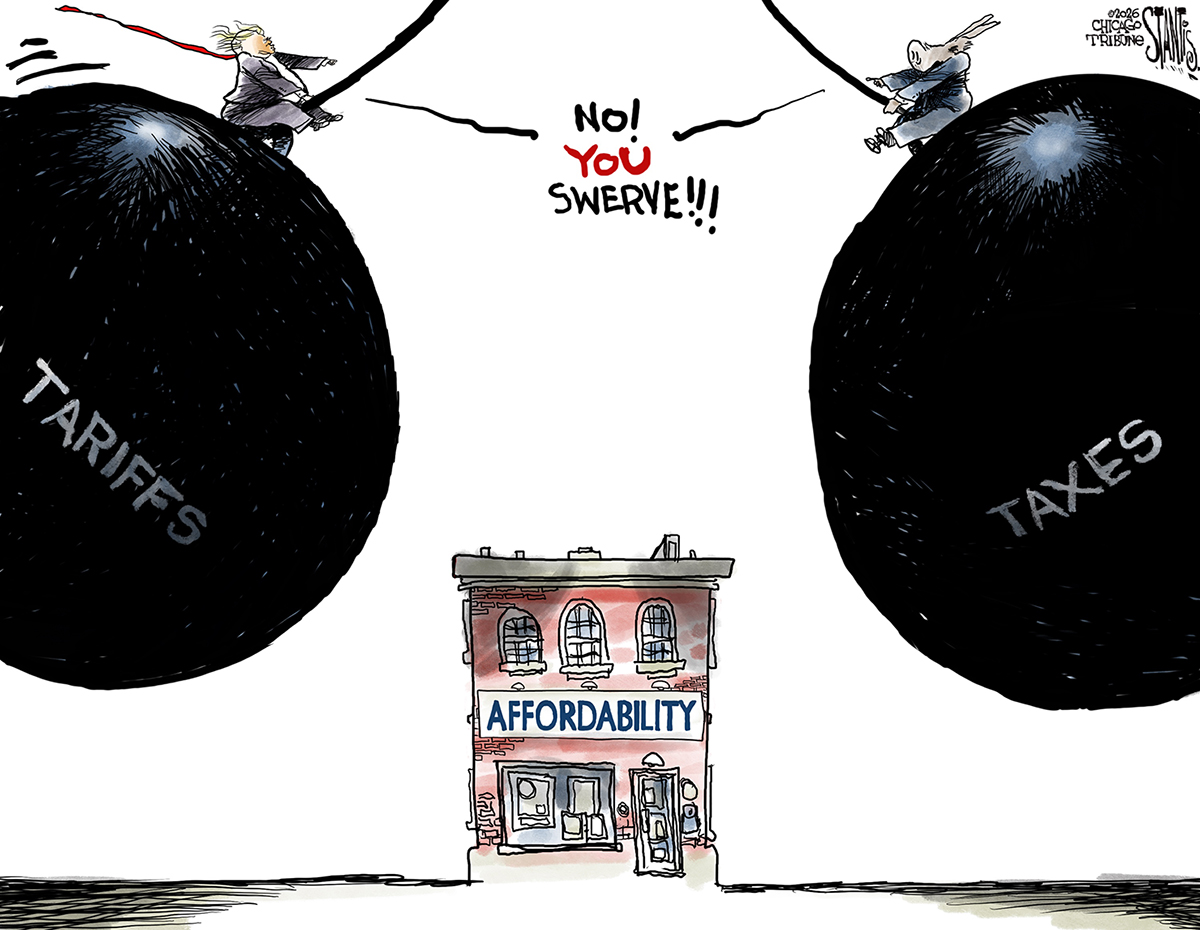 Political cartoons for January 18
Political cartoons for January 18Cartoons Sunday’s political cartoons include cost of living, endless supply of greed, and more
-
 Exploring ancient forests on three continents
Exploring ancient forests on three continentsThe Week Recommends Reconnecting with historic nature across the world
-
 The rise of the spymaster: a ‘tectonic shift’ in Ukraine’s politics
The rise of the spymaster: a ‘tectonic shift’ in Ukraine’s politicsIn the Spotlight President Zelenskyy’s new chief of staff, former head of military intelligence Kyrylo Budanov, is widely viewed as a potential successor
-
 ‘One Battle After Another’ wins Critics Choice honors
‘One Battle After Another’ wins Critics Choice honorsSpeed Read Paul Thomas Anderson’s latest film, which stars Leonardo DiCaprio, won best picture at the 31st Critics Choice Awards
-
 Son arrested over killing of Rob and Michele Reiner
Son arrested over killing of Rob and Michele ReinerSpeed Read Nick, the 32-year-old son of Hollywood director Rob Reiner, has been booked for the murder of his parents
-
 Rob Reiner, wife dead in ‘apparent homicide’
Rob Reiner, wife dead in ‘apparent homicide’speed read The Reiners, found in their Los Angeles home, ‘had injuries consistent with being stabbed’
-
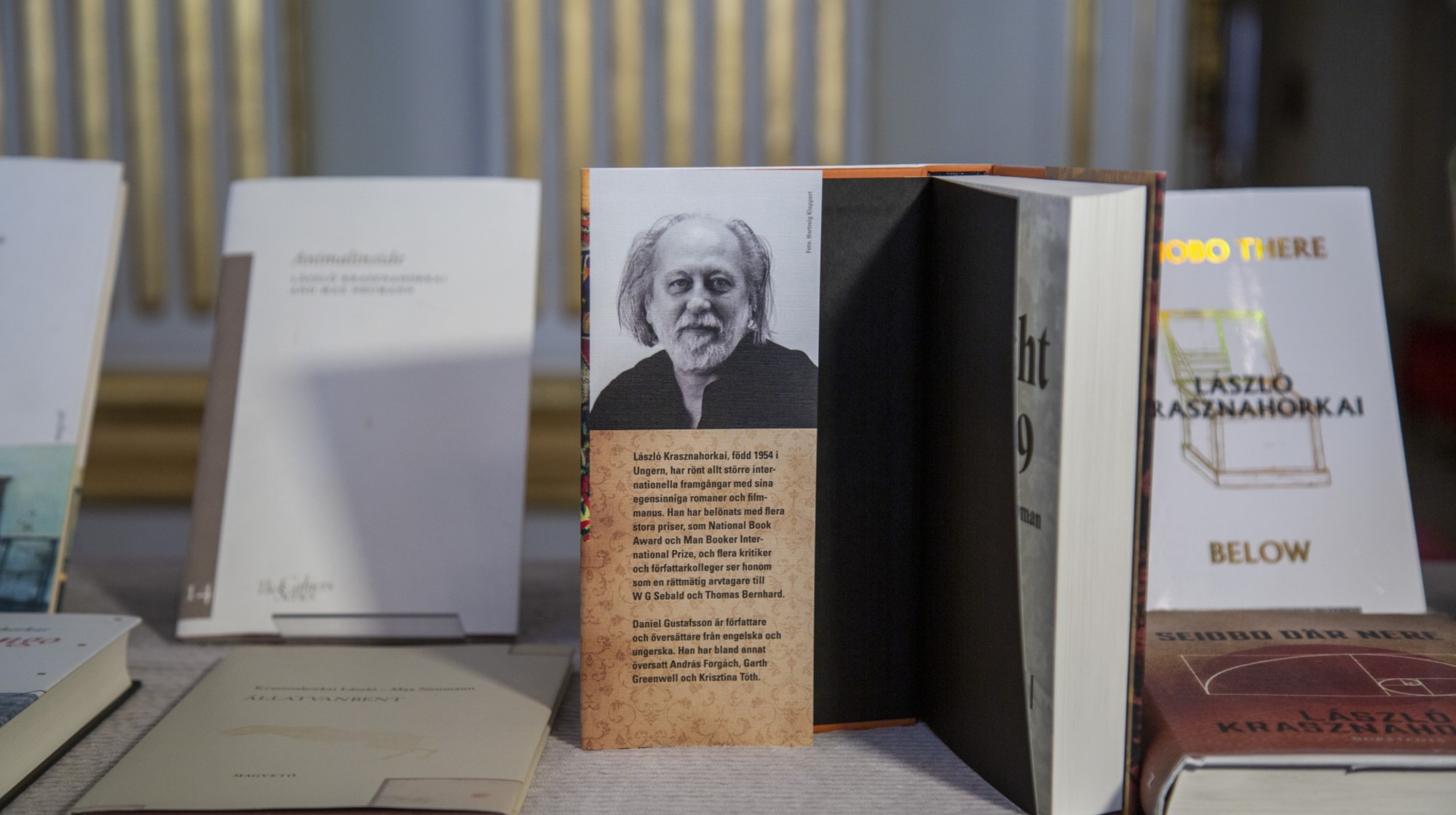 Hungary’s Krasznahorkai wins Nobel for literature
Hungary’s Krasznahorkai wins Nobel for literatureSpeed Read László Krasznahorkai is the author of acclaimed novels like ‘The Melancholy of Resistance’ and ‘Satantango’
-
 Primatologist Jane Goodall dies at 91
Primatologist Jane Goodall dies at 91Speed Read She rose to fame following her groundbreaking field research with chimpanzees
-
 Florida erases rainbow crosswalk at Pulse nightclub
Florida erases rainbow crosswalk at Pulse nightclubSpeed Read The colorful crosswalk was outside the former LGBTQ nightclub where 49 people were killed in a 2016 shooting
-
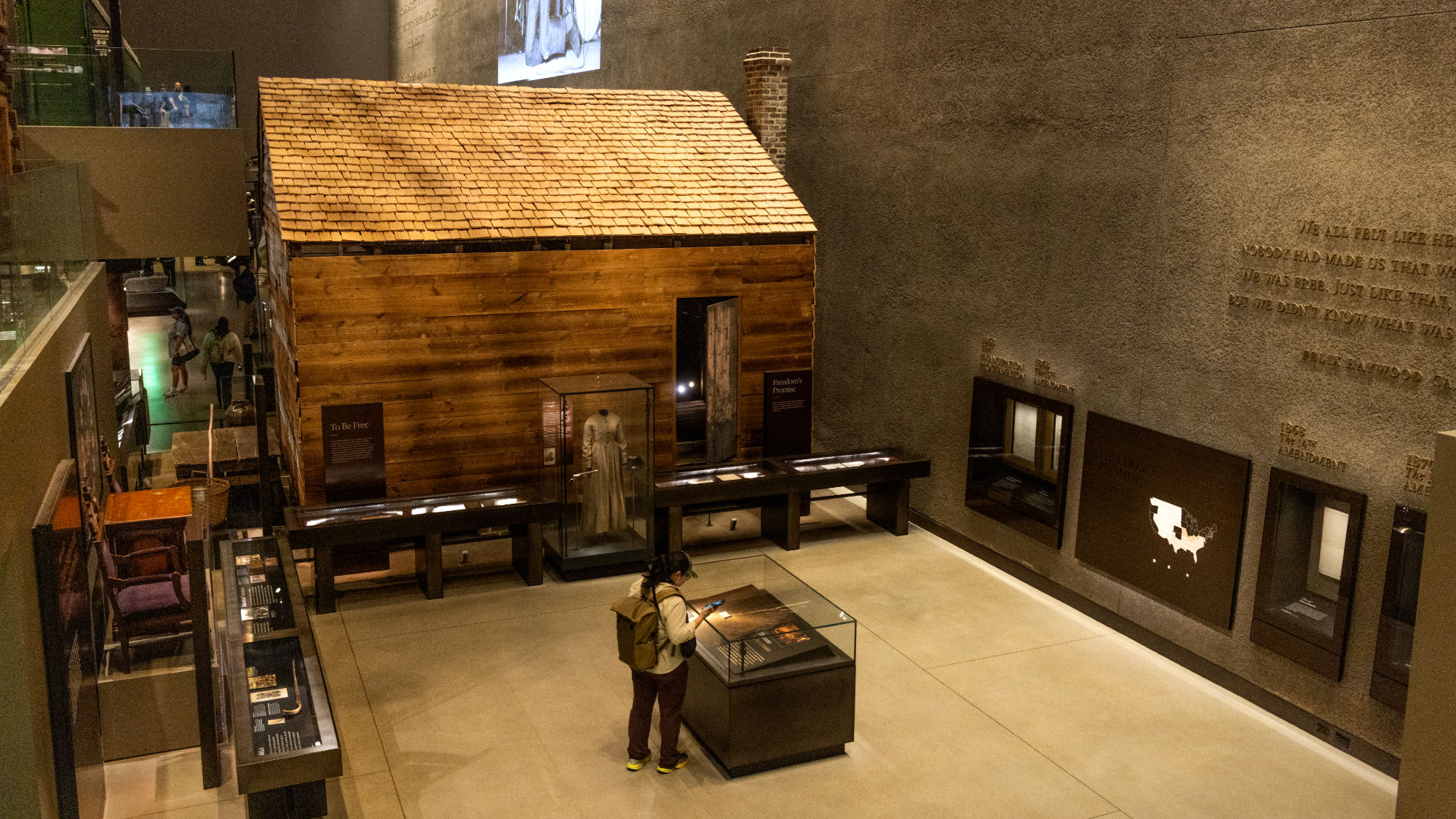 Trump says Smithsonian too focused on slavery's ills
Trump says Smithsonian too focused on slavery's illsSpeed Read The president would prefer the museum to highlight 'success,' 'brightness' and 'the future'
-
 Trump to host Kennedy Honors for Kiss, Stallone
Trump to host Kennedy Honors for Kiss, StalloneSpeed Read Actor Sylvester Stallone and the glam-rock band Kiss were among those named as this year's inductees
